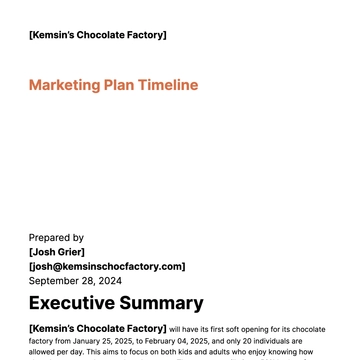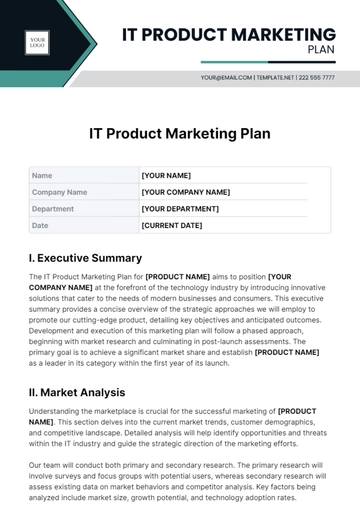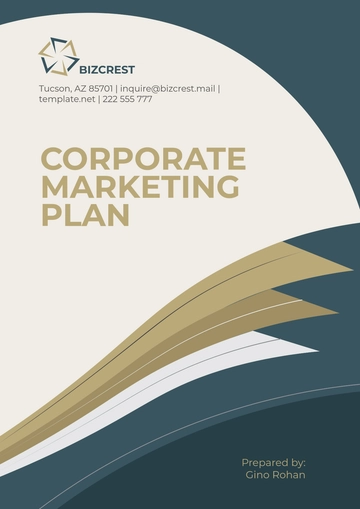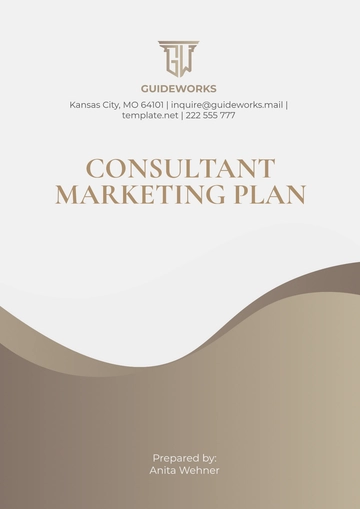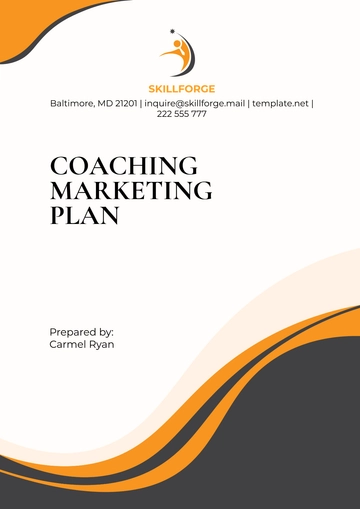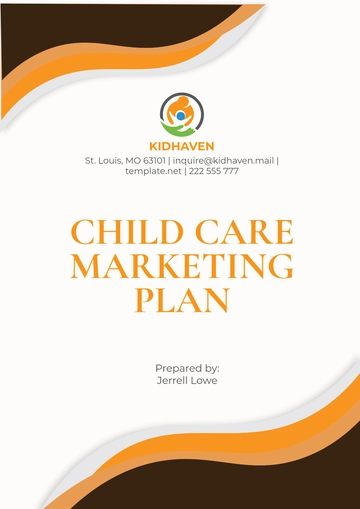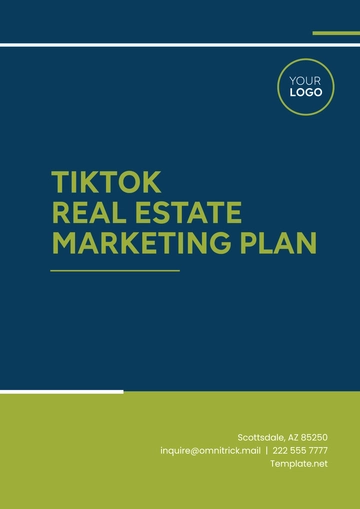Sample 3-Year Marketing Plan
I. Executive Summary
This comprehensive marketing plan outlines strategic initiatives aimed at driving brand growth, market expansion, and long-term leadership over the next three years. It is designed to align with our core business objectives and leverage emerging industry trends, developing consumer behaviors, and the competitive landscape. Our focus will be on building brand awareness, acquiring new customers, and fostering loyalty to ensure sustainable growth and profitability.
II. Market Analysis
A. Industry Overview
The industry is witnessing rapid growth, driven by technological advancements, shifting consumer preferences toward sustainability, and increasing digitalization. Key players are focusing on innovation and customer-centric solutions to stay competitive. This section identifies opportunities for growth by analyzing current trends and future outlooks, while also recognizing potential threats, such as economic downturns or innovations.
B. Target Market
Demographics:
Psychographics:
Lifestyle: Tech-savvy, environmentally conscious, and early adopters of new products and services.
Values: Quality, convenience, sustainability, and a preference for brands that align with their ethical values.
C. Competitor Analysis
An in-depth analysis of our competitors helps us understand their market positioning and identify gaps in their strategies that we can exploit.
Competitor | Strengths | Weaknesses |
|---|
Competitor A | Strong online presence | Limited product variety |
Competitor B | Extensive retail network | High pricing |
III. Marketing Objectives
A. Year 1: Building Awareness
Focus on establishing a robust brand presence across digital and traditional channels. Key initiatives include:
Launching a nationwide digital advertising campaign.
Increasing social media engagement by 30%.
Forming strategic partnerships with influencers and industry leaders.
B. Year 2: Customer Acquisition
In the second year, the focus shifts to customer acquisition and expanding market share through:
Implementing a referral program to encourage organic growth.
Expanding into new geographic markets and under-served segments.
Conducting customer feedback sessions to refine products and enhance customer experience.
C. Year 3: Customer Retention and Growth
The third year emphasizes customer retention and sustainable growth through personalized marketing and innovation:
Launching a customer loyalty program to reward repeat purchases.
Utilizing data analytics to design personalized marketing campaigns that resonate with customers.
Introducing new product lines based on customer insights and market demands.
IV. Marketing Strategies and Tactics
A. Digital Marketing
SEO & Content Marketing: Improve organic search rankings and drive lead generation through high-quality, relevant content.
Social Media Campaigns: Build an engaged brand community and foster meaningful connections with followers.
PPC Advertising: Target specific customer segments with tailored ads to optimize conversions.
B. Traditional Marketing
Print & Outdoor Advertising: Leverage key physical locations for high visibility and to complement digital efforts.
Event Marketing: Create opportunities for direct customer interaction through events and experiential marketing.
Public Relations: Execute PR campaigns to enhance brand credibility and manage corporate reputation.
C. Product Development
Continual investment in research and development (R&D) will ensure that we stay ahead of the curve. Key areas include:
Enhancing existing product features based on customer feedback.
Launching new products that meet developing consumer needs, particularly in the areas of sustainability and convenience.
V. Budget Allocation
A well-balanced budget allocation ensures the plan’s objectives can be achieved while maintaining flexibility for adjustments based on market conditions.
Category | Year 1 | Year 2 | Year 3 |
|---|
Digital Marketing | 40% | 35% | 30% |
Traditional Marketing | 30% | 35% | 35% |
Product Development | 20% | 20% | 25% |
Contingency | 10% | 10% | 10% |
VI. Evaluation and Control
A. Performance Metrics
Regular tracking and evaluation are essential for staying on course. Key performance indicators (KPIs) include:
Monthly: Analysis of campaign metrics, such as website traffic, conversion rates, and social media engagement.
Quarterly: Strategic reviews to ensure alignment with business goals and make necessary adjustments.
Annual: Comprehensive reports to stakeholders, detailing achievements, challenges, and areas for future improvement.
B. Feedback Mechanisms
We will implement multiple feedback channels to gather insights from customers, partners, and stakeholders. This data will guide ongoing improvements in our marketing activities and ensure we remain responsive to changes in the market.
VII. Conclusion
This marketing plan is built upon a solid understanding of the market, competitors, and target audience. Through the integration of digital and traditional strategies, data-driven decision-making, and a commitment to innovation, we aim to establish a dominant position in the industry, fostering long-term customer loyalty and sustainable growth.
Plan Templates @ Template.net


